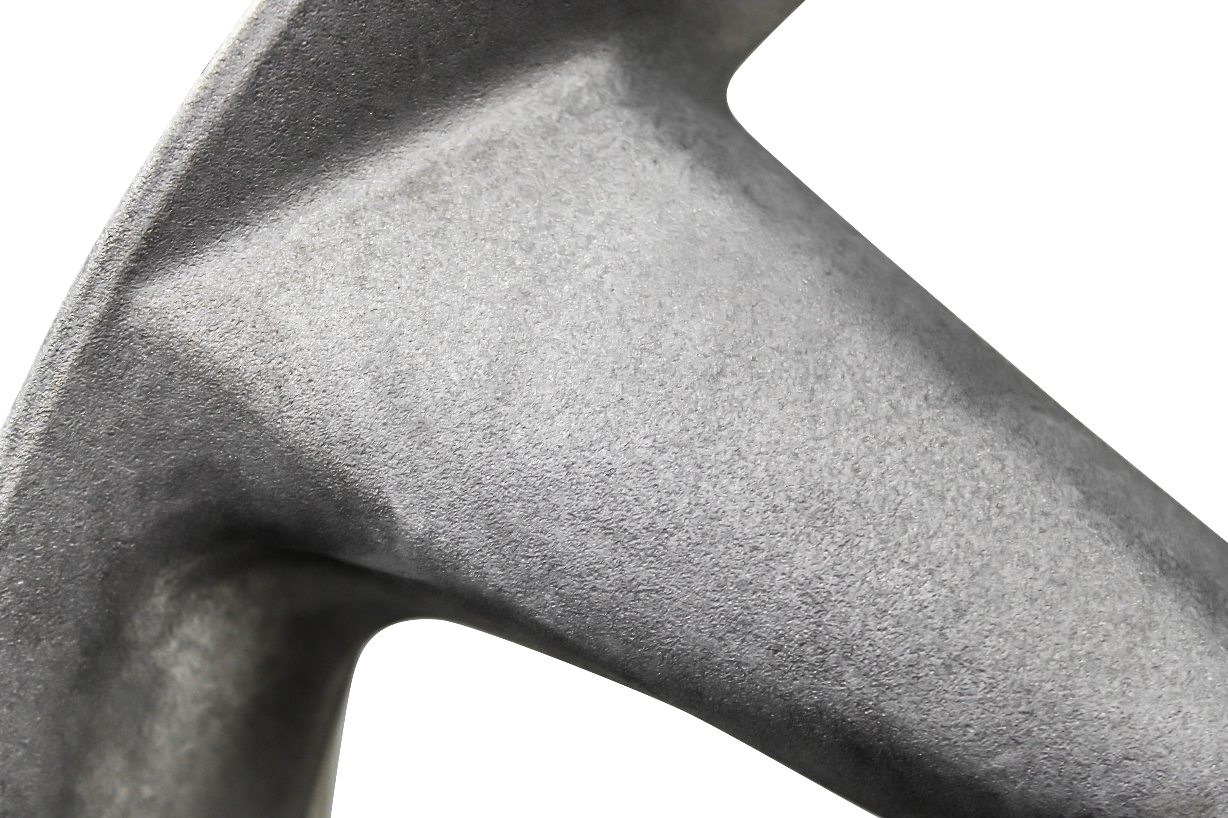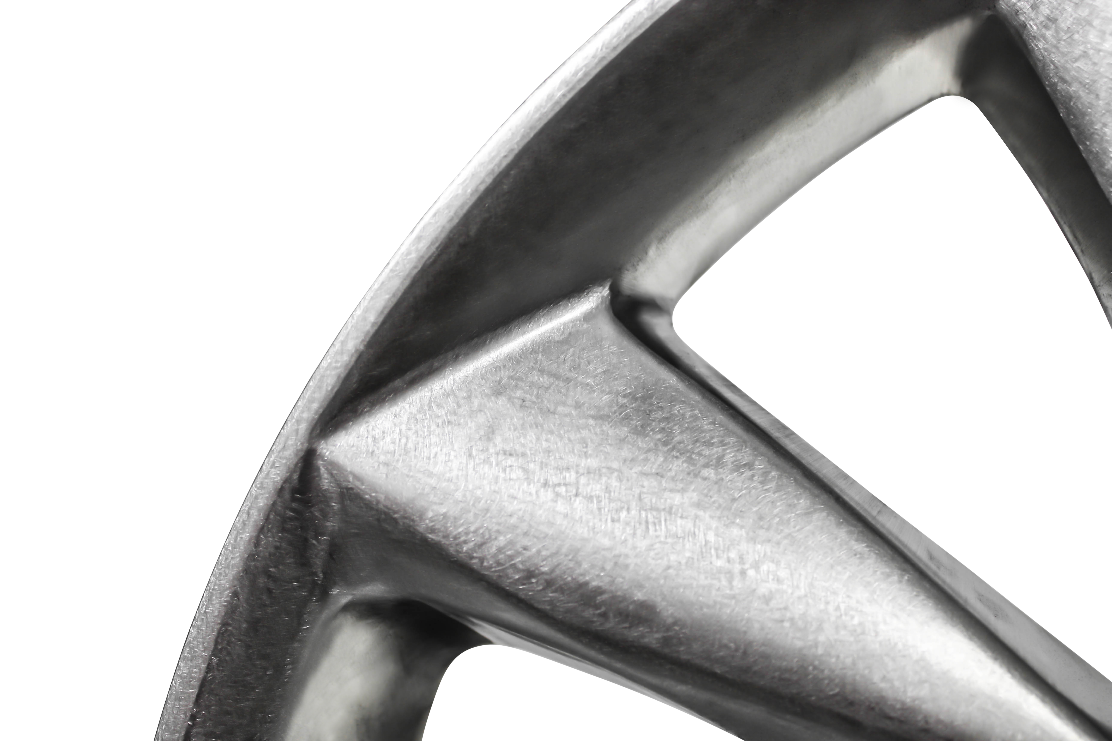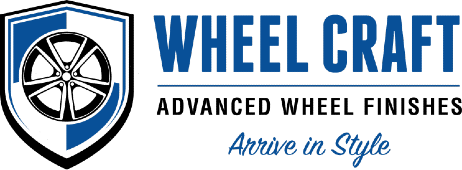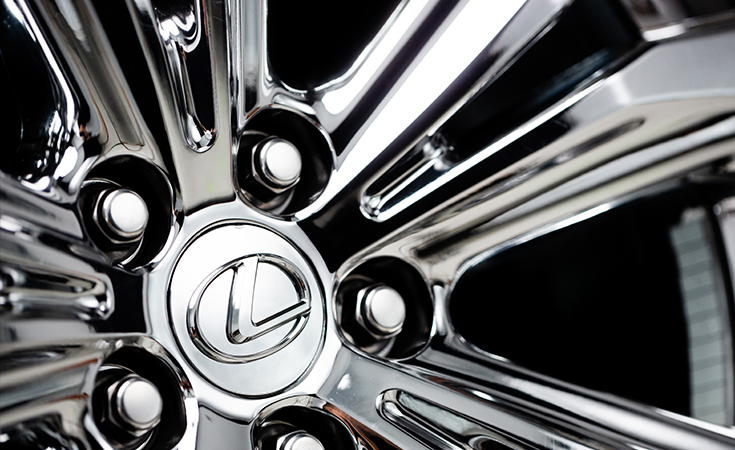When Applying Wheel Finish, Process Counts
At Wheel Craft, our experts often get asked about the proprietary process we use to finish customers’ original equipment (OE) factory wheels with gorgeous PVD Chrome custom wheel finishes.
It’s a smart question, because as the title of this blog suggests, process is everything. It’s not good enough to just develop a beautiful and durable finish; that finish needs to look its best in all settings over the duration of the vehicle’s life span, and it needs to provide exceptional protection against brake dust burns, alloy wheel corrosion, car wash chemicals and seasonal street chemicals and salt.
In the end, the finish is only as good as the underlying substrate, or material to which it bonds. That’s where process comes into play. Wheel Craft’s proprietary process centers around the industry’s most thorough substrate preparation. We do this to ensure that the substrate is of the highest quality before we apply the finish.
As we’ve said in previous blogs, the techniques and materials used in wheel customization are wholly dependent on how the underlying substrate is prepared. After all, that’s the target on which the material is placed. For luxury wheels, that target is the aluminum alloy wheel itself—and how that wheel is prepared prior to application makes all the difference in terms of how united the material becomes with it.
Traditional PVD chrome providers, as well as powder coat companies, use thick coatings (sometimes as thick as the width of a penny) which are simply layered onto wheels. The wheels themselves are “roughed up” a bit to make adhesion of the first layer of coating possible—and it takes a lot of coating material to achieve an acceptably smooth surface. Consequently, the thickness of that coating, combined with the fact that it sits atop the wheel (and doesn’t truly bond with it), makes these types of coatings much more susceptible to chipping and peeling.
At Wheel Craft, our exclusive PVD Chrome ultra-thin finish technology connects with the fiber of the underlying alloy; it ties right to it, as opposed to a coating that merely sits on it. Moreover, our PVD Chrome finishes are no thicker than a piece of paper, which creates an inseparable bond across the entire surface of the wheel. This protective glove provides ultimate protection from the damaging elements mentioned earlier.


We believe the process of preparing the substrate is vitally important in ensuring the quality of the custom wheel finishes you purchase from us—that’s why we take the time and effort to do it right the first time, every time.
We hope this blog helps you understand how important process is in ensuring a quality custom wheel finish. If you’re looking to Arrive in Style wherever the road takes you, visit wheelcraft.com or contact us for more information on our custom wheel and rim finishes for factory-installed luxury car wheels. For dealers, we welcome the opportunity to discuss how Wheel Craft can deepen customer loyalty and drive unit sales, productivity, revenue and CSI.
Please contact Wheel Craft at 833.639.4231 or email Ed Hollinshead, company President.



